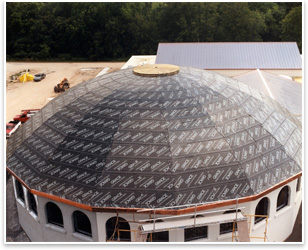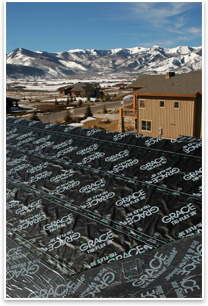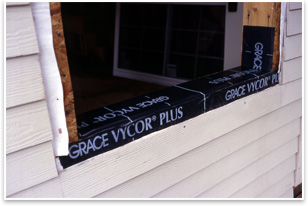
Moisture Penetration—Not Climate—the Leading Cause of Mold Summary: Moisture intrusion, not climate, is the largest contributor to mold in U.S. residential and commercial properties, according to a recent report by the Greenguard Environmental Institute (GEI), a nonprofit organization that works with lenders and property developers on mold-risk mitigation techniques. The findings, which are based on a relative hazard ranking model used by GEI and developed by insurance broker American Risk Management Resources, are based on mold losses on insurance claims. The report identifies Wisconsin as having the best relative mold loss rate and Texas as having the worst.
The Top 10 mold states:
What you need to know to beat mold Shapiro explains where to find water leaks in homes and commercial buildings. “Doors and windows are most common and happen anywhere you get a lot of rain and wind. With windows, if you have a rough window opening, the water gets in between the window and the wall and travels down and soaks the wall underneath that window. It is important also to be aware of roof leaks at the eaves that get into the wall, especially from ice in a cool climate. You might not even notice you have a leak until the walls are completely soaked.”
“Door and window flashing is the easiest thing architects can put into their designs—for either a house or commercial building—to prevent water from getting in the walls,” Shapiro says. “And it costs only a few hundred dollars. “For the roof, especially in cold climates, architects should use a roofing underlayment on the roof deck before the shingles go on at least three feet on the roof deck up to a point three feet inside the exterior wall. So even if you get a reasonable amount of ice, it won’t back water up over it.” Flashing can also be used for these water penetration areas:
|
||
Copyright 2006 The American Institute of Architects. All rights reserved. Home Page |
||
news headlines
practice
business
design
recent related
› Risk Alert on Mold
Useful Web sites
› Grace Residential Building
› National Roofing Contractors
› American Architectural Manufacturers Association
A
printer-friendly version of this article is available.
Download the PDF file.

 Although climate is a factor to mold, most water intrusion can be attributed to either poor design or inferior construction materials, the report says. The biggest areas that architects should be aware of regarding moisture intrusion are the roof, doors, and windows. Window and door flashing, roof underlayments, foundations sealing, and improved drainage systems are the best ways to decrease mold.
Although climate is a factor to mold, most water intrusion can be attributed to either poor design or inferior construction materials, the report says. The biggest areas that architects should be aware of regarding moisture intrusion are the roof, doors, and windows. Window and door flashing, roof underlayments, foundations sealing, and improved drainage systems are the best ways to decrease mold. The Bottom 5 mold states:
The Bottom 5 mold states:  To prevent water from getting into the building envelope, Shapiro recommends:
To prevent water from getting into the building envelope, Shapiro recommends: Improper design
Improper design